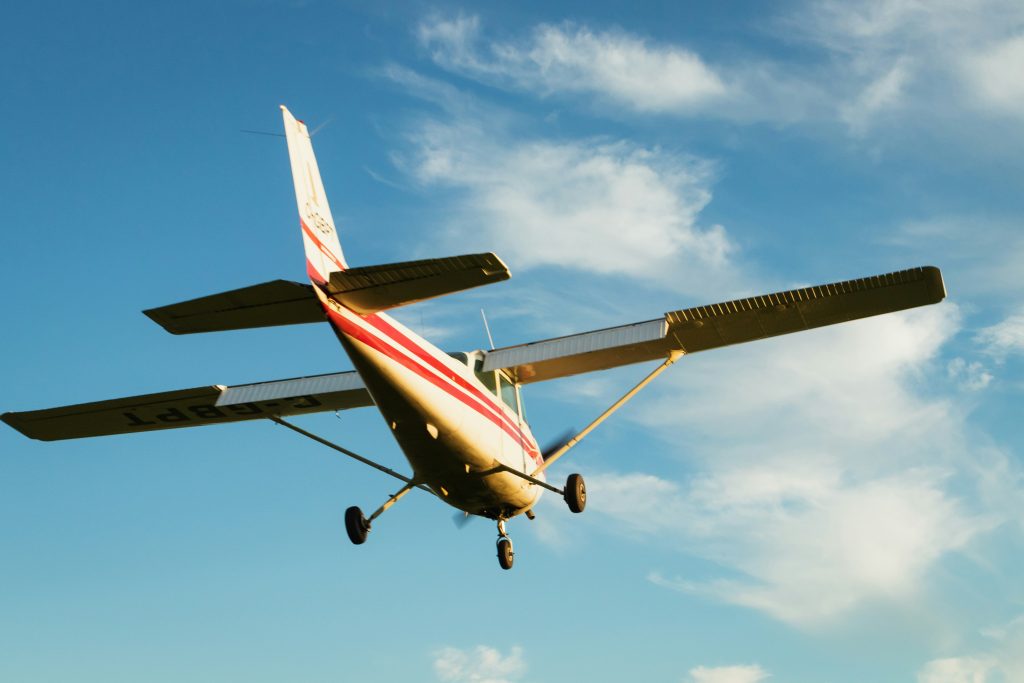The fact that giant metal planes soar effortlessly through the sky is a testament to the wonders of aerodynamics. But the principles behind flight are grounded in physics—specifically, Bernoulli’s principle, Newton’s laws, and lift vs. drag.
Airplanes fly because of lift, the upward force that counters gravity. Wings are shaped to make air move faster over the top than underneath, creating lower pressure above the wing. This pressure difference pulls the plane upward.
Thrust, produced by engines or propellers, pushes the plane forward, while drag acts as resistance. The balance of these forces—lift, weight, thrust, and drag—determines whether a plane can take off, cruise, or land.
Control surfaces like ailerons, rudders, and elevators manage pitch, roll, and yaw to keep the aircraft stable in flight. Modern jets also use fly-by-wire systems and autopilot technology for enhanced precision.
Understanding flight isn’t just for pilots. It’s a powerful example of how science shapes everyday life, from global travel to aerospace engineering.



